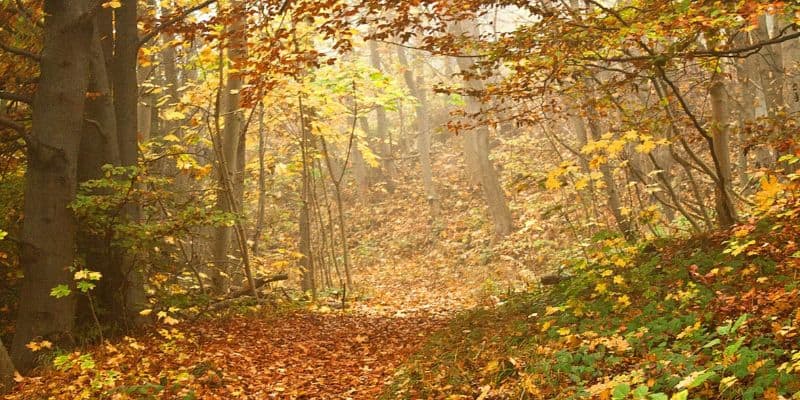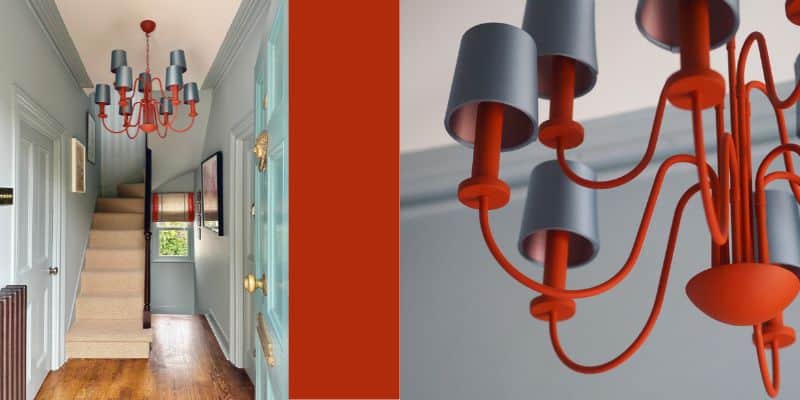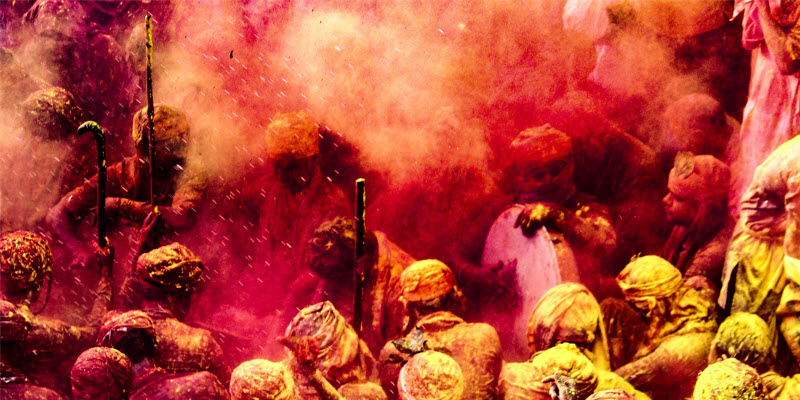Three nature-led trends worth investing in

Karen Haller

When it comes to design work something I’ve been increasing noticing over the last several years are more and more clients asking for designs that will stand the test of time.
Now, that idea is nothing new, clients have been asking for timeless designs for years. But the difference I’ve been noticing is they no longer want the typical black and white, grey or muted tonal schemes that has defined timeless designs up until now. This discussion is happening across the design fields, from the built environment, to branding and product design.
And the solution is nature-led design.
Our clients and customers have become dissatisfied with designs based on this season’s latest must have colour going out of fashion, looking dated or appearing like all the other timeless designs.
What they want is a unique design that reflects them, not a cookie cutter solution that looks like the same as everyone else’s home, product, brand or office space.
For forward thinking designers, this is a real opportunity because through using nature-led designs you can deliver exactly that to your clients and customers – designs and creations that are unique and stand the test of time.
This is even a bigger opportunity for designers because being able to deliver unique, original, and timeless designs through nature-led trends puts you ahead in the industry. It sets you apart from other designers which is essential in this current economic climate.
There are three nature-led trends that I see will transcend from just being a trend to becoming mainstream.
Three nature-led trends worth investing in
1. Biophilic Design
Biophilia is the innate human affinity for nature. It reflects our instinctual need to seek out and bond with nature for overall well-being and a sense of belonging.
It’s where biophilic design draws from by integrating natural elements, patterns, and processes into the built environment, fostering a harmonious and restorative connection between people and nature that goes far beyond just using green, pot plants and wood.
2. Regenerative Design
While the trend for sustainable design is gathering pace, the trend that will really make its mark is regenerative design.
While sustainability embodies the practice of meeting present needs without compromising the ability of future generations to meet their own needs, regenerative design goes beyond sustainability by actively replenishing and restoring the ecosystems and communities it engages with.
It envisions a holistic approach that seeks to enhance the vitality, resilience, and interconnectedness of natural and human systems, fostering a positive cycle of renewal and growth.
3. Applied Colour & Design Psychology
Whether we are aware of it or not, humans have subconscious responses to colour and design and Applied Colour and Design Psychology helps us understand what those responses are so we can use that information to positively affect change or influence our thoughts, feelings, and behaviours.
The core way it does that is by recognising that humans are part of nature, and that by tapping into nature’s harmonious system – its colour palettes, patterns, and design templates – we can recreate that sense of connection and affinity that people receive from the natural world.
And when we understand and can utilise this connection, designers can consciously use colour and design to solve human challenges and create the results their clients want, whether that’s for a brand, product, interior, workplace, or healthcare.
And what’s beautiful about these three trends being based on nature, they dovetail perfectly together.
Back to Nature is the future of Design
The reason why these three trends will become mainstream and I can see this happening already is because these nature-led modalities support people to find the balance between living and what it means to be human.
As we move further into the era of AI and more urban living we need to sustain our connection with nature to feel safe, secure, and thrive. These trends truly support that.
As designers using these modalities, we can lead the way in using colour consciously to create environments, branding and products that are good for the individuals, communities and our planet.
I feel these nature-led designs will last because they’re going to really resonate with people, companies and organisations who want to support design that connects us back to the very essence of who we are, and that link is our connection back to nature.
Do you want to dive deeper into colour and design psychology and discover how it can help you to create authentic timeless designs?
A lot of designers are working with biophilic and sustainable (moving into regenerative) practises in their work but are missing the colour and design psychology piece. When you have all three, this will put your design work light years ahead in your industry.
If you want to add Applied Colour and Design Psychology to your designer toolbox, then book in for my Designer Business Growth call and let’s see how this skill can support you to grow your business.
Colourfully yours,
Karen


